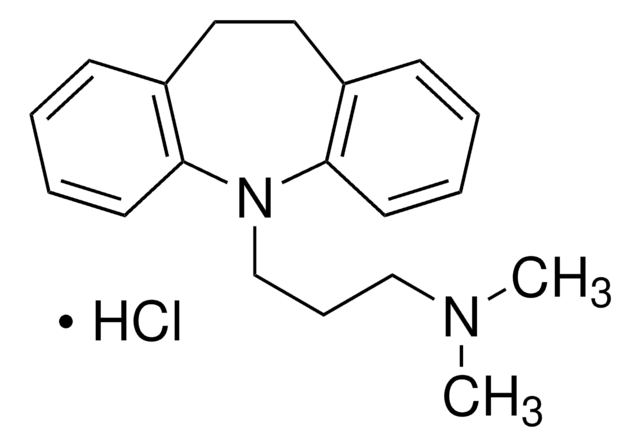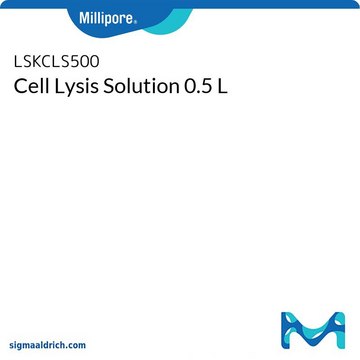C3228
CelLytic™ MT Cell Lysis Reagent
For mammalian tissues
Synonym(s):
Cell lysis buffer, Cell lysis reagent
About This Item
Recommended Products
Quality Level
form
solution
Application
Features and Benefits
- Gentle: Non-denaturing and does not interfere with downstream applications
- Convenient: Provided ready to use
Other Notes
Quality
Legal Information
related product
Storage Class Code
10 - Combustible liquids
WGK
WGK 2
Flash Point(F)
Not applicable
Flash Point(C)
Not applicable
Regulatory Listings
Regulatory Listings are mainly provided for chemical products. Only limited information can be provided here for non-chemical products. No entry means none of the components are listed. It is the user’s obligation to ensure the safe and legal use of the product.
JAN Code
C3228-500ML:
C3228-VAR:
C3228-50ML:
C3228-500ML-PW:
C3228-BULK:
C3228-50ML-PW:
Certificates of Analysis (COA)
Search for Certificates of Analysis (COA) by entering the products Lot/Batch Number. Lot and Batch Numbers can be found on a product’s label following the words ‘Lot’ or ‘Batch’.
Already Own This Product?
Find documentation for the products that you have recently purchased in the Document Library.
Customers Also Viewed
Our team of scientists has experience in all areas of research including Life Science, Material Science, Chemical Synthesis, Chromatography, Analytical and many others.
Contact Technical Service










